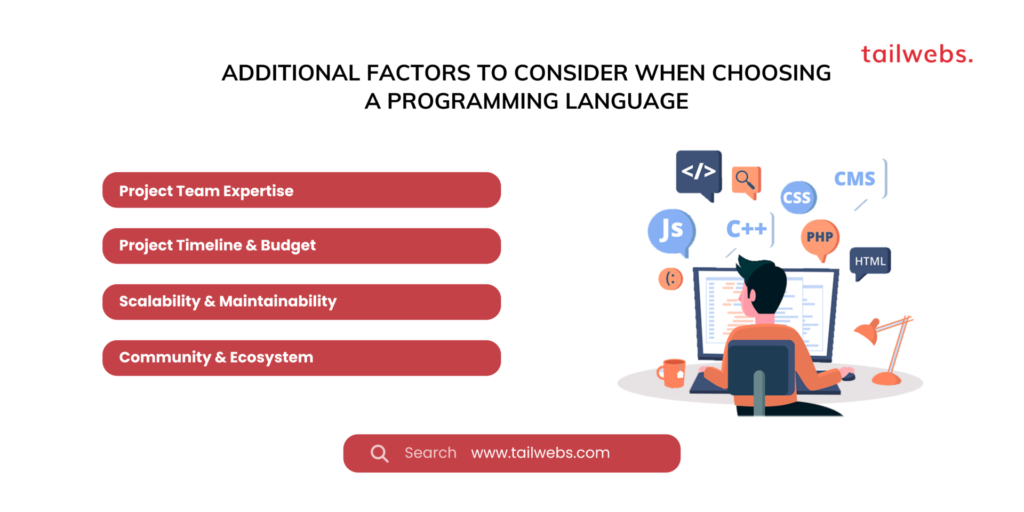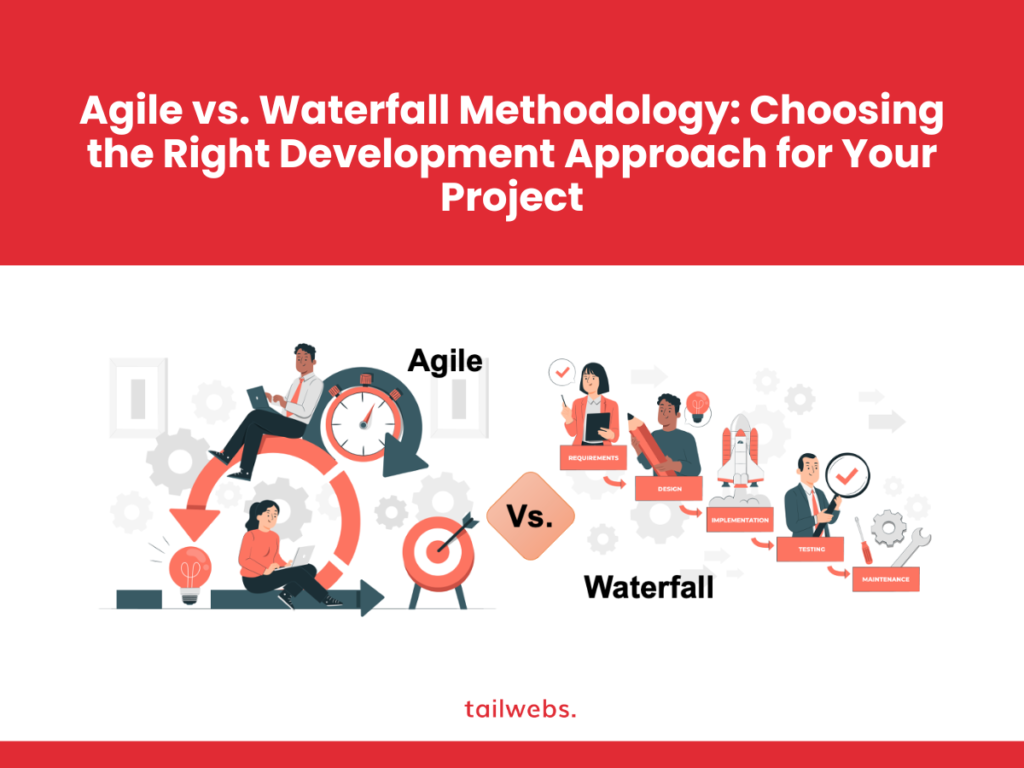Python vs. Other Languages? In today’s dynamic IT landscape, choosing the right programming language is crucial for project success. Python, with its versatility, readability, and extensive libraries, has emerged as a popular choice for various IT projects. But when does Python truly shine, and when might other languages be a better fit? This comprehensive guide delves into Python’s strengths and weaknesses, compares it to other prominent languages like Java, JavaScript, and C++, and helps you determine if Python is the ideal choice for your next IT project.
The Allure of Python: A Language Designed for Readability and Efficiency
Python’s popularity stems from its core design principles. Guido van Rossum, Python’s creator, prioritized readability and programmer productivity. This translates to several key advantages:
Simple and Clear Syntax:
Python code resembles plain English, making it easier to learn, read, understand, and maintain, especially for beginners. This reduces development time and fosters collaboration within teams.
High-Level Language:
Python abstracts away low-level system complexities, allowing developers to focus on the core logic of their application rather than getting bogged down in intricate details. This contributes to faster development cycles.
Extensive Standard Library:
Python boasts a rich ecosystem of built-in modules and libraries that cover a vast array of functionalities, from web development and data science to machine learning and scientific computing. This reduces the need for reinventing the wheel and expedites development.

Python’s Sweet Spot: When it Excels in IT Projects
Python’s strengths make it an excellent choice for a variety of IT projects:
Rapid Prototyping & Minimum Viable Products (MVPs):
Python’s conciseness and readability streamline the process of building prototypes and MVPs, allowing you to validate ideas quickly and efficiently. This is crucial in the age of agile development methodologies.
Web Development (Back-End & Full-Stack):
Frameworks like Django and Flask empower Python to excel in back-end web development. Python’s versatility also makes it suitable for full-stack development, where a single language can handle both back-end and front-end logic (although JavaScript is still dominant for front-end).
Data Science & Machine Learning:
Python’s robust libraries like NumPy, pandas, scikit-learn, and TensorFlow have positioned it as a leader in data science and machine learning. From data analysis and manipulation to building and deploying machine learning models, Python offers a comprehensive toolkit.
Automation & Scripting:
Python’s ability to automate repetitive tasks and interact with various systems makes it ideal for scripting purposes. This can significantly boost productivity for IT professionals and streamline administrative workflows.
Beyond the Hype: Understanding Python’s Limitations
While Python offers numerous advantages, it’s essential to acknowledge its limitations:
Performance:
Python is often interpreted, meaning the code is translated line by line during execution. This can lead to slower performance compared to compiled languages like C++ or Java, especially for computationally intensive tasks.
Mobile Development:
While frameworks like Kivy exist, Python isn’t the dominant language for native mobile app development. Languages like Java (for Android) and Swift (for iOS) are typically preferred for native mobile app development.
System Programming:
Python’s focus on readability and simplicity makes it less suitable for low-level system programming tasks that require direct hardware interaction or tight control over memory management. Languages like C and C++ are better suited for these scenarios.
Choosing the Right Tool for the Job: Python vs. Other Languages
Let’s explore how Python stacks up against other popular languages for specific IT project types:
Python vs. Java:
For large-scale enterprise applications requiring high performance and robust security features, Java might be a better choice due to its compiled nature and strong object-oriented foundation. However, for rapid prototyping, data science, and web development projects with tight deadlines, Python’s ease of use and rich libraries can be advantageous.
Python vs. JavaScript:
JavaScript reigns supreme for front-end web development and interactive user interfaces. However, Python with frameworks like Django can handle complex back-end logic. For full-stack development, understanding both languages can be valuable, but for pure back-end development, Python offers a more concise and productive environment.
Python vs. C++:
C++ excels in performance-critical applications, system programming, and game development due to its compiled nature and fine-grained control over hardware resources. However, Python surpasses C++ in terms of readability, maintainability, and development speed for many IT project types.

The Future of Python: A Language Built to Adapt
The Python development community is vibrant and constantly innovating. Here are some exciting trends to consider:
Performance Enhancements:
Just-in-time (JIT) compilation techniques and advancements in Python implementations are gradually narrowing the performance gap between Python and compiled languages.
Evolving Web Frameworks:
Frameworks like Django and Flask continue to mature, offering robust features and improved scalability for building modern web applications.
AI and Machine Learning at the Forefront:
Python’s position as a leader in data science and machine learning is likely to solidify further as these fields become even more prominent.
Additional Factors to Consider When Choosing a Programming Language
Beyond the technical strengths and weaknesses of each language, here are some additional factors to weigh when making your decision:
Project Team Expertise:
Consider the existing skillset of your development team. If your team is proficient in Python, this can significantly reduce onboarding time and project complexity compared to learning a new language.
Project Timeline & Budget:
Python’s rapid development capabilities can be advantageous for projects with tight deadlines or limited budgets.
Scalability & Maintainability:
For large-scale enterprise applications, consider the long-term maintainability of the codebase. While Python promotes readability, ensure your project architecture is well-structured for future growth.
Community & Ecosystem:
A large and active community like Python’s offers extensive resources, libraries, and support, which can be invaluable for troubleshooting and accelerating development.

Conclusion: Making an Informed Decision
Choosing the right programming language is a crucial step in ensuring the success of your IT project. By understanding Python’s strengths and limitations, comparing it to alternative languages, and considering factors like team expertise and project requirements, you can make an informed decision.
Remember, the “best” language doesn’t exist in a vacuum. Python’s versatility, readability, and vast ecosystem make it a compelling choice for a wide range of IT projects. However, for specific situations that demand peak performance, extensive mobile development, or intricate system programming, other languages might be better suited.
Embrace Python’s power when it aligns with your project needs, and leverage the strengths of other languages when necessary. By wielding the right tools for the job, you can empower your team to build exceptional IT solutions.





